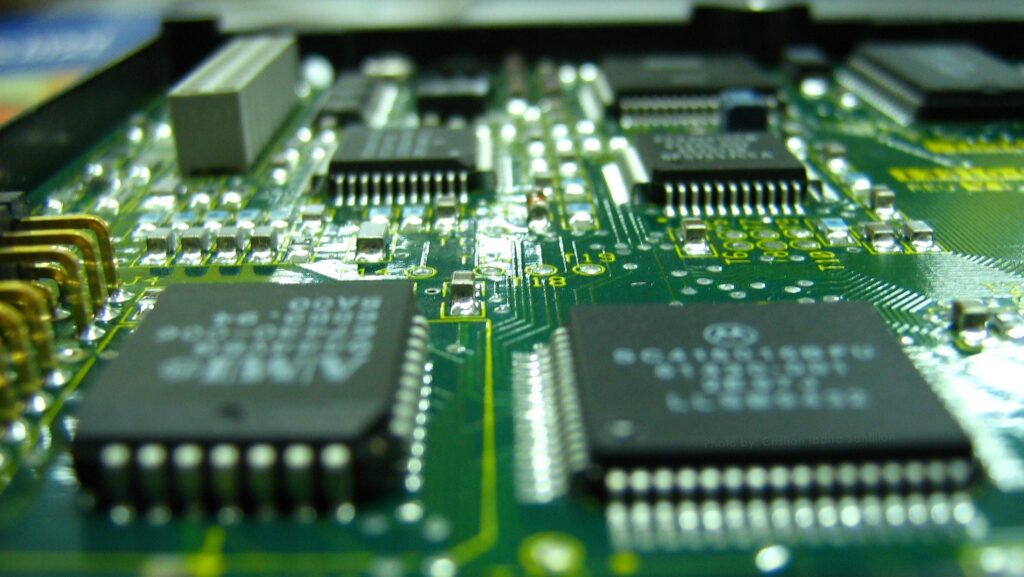Samsung to Setup New Advanced Semiconductor Fab Site in Taylor, Texas
- Samsung’s $17 billion investment in a new plant will increase advanced semiconductor output.
- Samsung’s largest-ever investment in the United States will strengthen the supply chain for critical logic semiconductors.
Samsung Electronics Co., Ltd., a global leader in advanced semiconductor technology, said today that a new semiconductor manufacturing facility will be built in Taylor, Texas. The expected $17 billion investment in the US will aid in the manufacture of advanced logic semiconductor solutions that will power next-generation innovations and technology.
The new facility will produce products based on sophisticated process technologies for use in mobile, 5G, high-performance computing (HPC), and artificial intelligence applications (AI). Samsung is committed to helping customers throughout the world by making sophisticated semiconductor production more accessible and addressing the increasing demand for cutting-edge products.
“As we add a new facility in Taylor, Samsung is laying the groundwork for another important chapter in our future,” said Kinam Kim, Vice Chairman and CEO, Samsung Electronics Device Solutions Division. “With greater manufacturing capacity, we will be able to better serve the needs of our customers and contribute to the stability of the global semiconductor supply chain.”

“We are also proud to be bringing more jobs and supporting the training and talent development for local communities, as Samsung celebrates 25 years of semiconductor manufacturing in the U.S.,” Kim said.
“In addition to our partners in Texas, we are grateful to the Biden Administration for creating an environment that supports companies like Samsung as we work to expand leading-edge semiconductor manufacturing in the U.S.,” continued Kim. “We also thank the administration and Congress for their bipartisan support to swiftly enact federal incentives for domestic chip production and innovation.”
Groundbreaking will take place in the first half of 2022, with the facility expected to open in the second half of 2024. The Taylor site will cover more than 5 million square meters and will house Samsung’s global semiconductor manufacturing capacity as well as its most recent new production line in Pyeongtaek, South Korea.
The $17 billion investment, which includes buildings, property renovations, machinery, and equipment, will be Samsung’s largest-ever in the United States. This would raise Samsung’s total investment in the United States to more than $47 billion since the company began operations there in 1978 and now employs over 20,000 people across the country.
“Companies like Samsung continue to invest in Texas because of our world-class business climate and exceptional workforce,” said Governor Abbott. “Samsung’s new semiconductor manufacturing facility in Taylor will bring countless opportunities for hardworking Central Texans and their families and will play a major role in our state’s continued exceptionalism in the semiconductor industry. I look forward to expanding our partnership to keep the Lone Star State a leader in advanced technology and a dynamic economic powerhouse.”
The choice to invest in Taylor was based on a number of considerations, including the local semiconductor ecosystem, infrastructural stability, local government backing, and community development opportunities, after considering numerous locations in the United States for a potential production site. Because of its proximity to Samsung’s present manufacturing facility in Austin, roughly 25 kilometers southwest of Taylor, the two locations can share infrastructure and resources.
When the new plant is fully operational, it is estimated to provide approximately 2,000 high-tech employment directly and thousands more linked jobs in the United States. Samsung will also offer financial support to the Taylor Independent School District (ISD) to establish a Samsung Skills Center, which will help students acquire skills for future vocations while also giving internships and recruiting opportunities.

